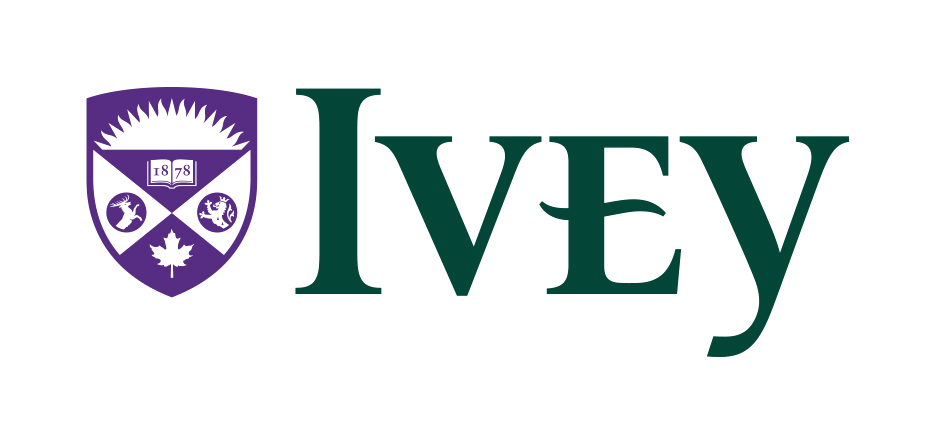9483
AiS
Session 10b


Joshua
Foster

Agenda
- Final Review.
- Topic areas $\rightarrow$ Insights $\rightarrow$ Question spaces.
Asymmetric information.
A market failure that results from one side of the market having less product/service-related information than the other.
This issue comes in two flavors.
- Adverse selection: a pre-contract issue caused by hidden information.
- Moral Hazard: a post-contract issue caused by hidden actions.
There are two ways to manage its problems.
- Signaling: a costly signal that proxies for the hidden information.
- Screening: a sorting mechanism that forces agents to reveal their actions/type.
Example: Imagine two people from different parts of London are thinking about buying insurance on their new e-bikes.
- What might motivate these two e-bike owners to have different WTP for insurance?
- Which problems are represented by adverse selection? Moral Hazard?
- How might the insurance company determine the source of WTP discrepancy?
- What are the consequences to the insurance company from not solving this problem?
Principal-agent problems.
A labor market failure that results from a mis-alignment of incentives between the owner of capital and the operator of said capital due to incomplete contracts.
Optimal compensation schemes must have two properties.
- Incentive compatibility: the contract must produce the necessary effort.
- Selection compatibility: the contract must attract the right labour.
Example: Instacart operates within a relatively new principal-agent market.
- What is Instacart and what is the nature of their principal-agent problem?
- What can Instacart do to align the incentives between the shopper and the client?
- Are there potential issues with the client as well as the shopper?
Social norms.
Tacitly understood rules that are understood by a group and are capable of shaping behaviour.
We have discussed a few types of social norms.
- Distributional social preferences: how a resource is shared among a community shapes perceptions of value and satisfaction.
- Descriptive norms: the prevalence of a behaviour in a community.
- Injunctive norms: the tacitly understood preferences of the community on a behaviour.
Example: Patagonia has developed a reputation for being ardent environmental activists. "We're taxing ourselves 1% for the planet."
- How do social norms inform our understanding of why these activities enhance their brand?
- Make the argument this is a profit-maximizing strategy.
Reference-dependent preferences.
Tradeoffs are evaluated according to the framing of comparisons rather than their "absolute" qualities.
The reference-dependent model has some important properties.
- Reference point: a "baseline" consumption level that frames which outcomes are gains and which are losses.
(The individual's expectations on future outcomes typically serve as the reference point.) - Loss aversion: the subjective evaluation that losses hurt more than same-sized gains.
Example: the pandemic has forced many in the workforce to spend more time at home.
- How might working from home for two years shift an employee's framing on work-life balance?
- How could you explain the ongoing labor frictions using reference-dependent preferences?
- Does reference-dependent preferences predict things will eventually "go back to normal"?
Present bias.
A tendency to over-weight immediate gratification over one's own long-run interests. Consequently, people tend to over-consume and under-invest.
Present bias breaks a few important economic properties of time-based tradeoffs.
- Dynamic consistency: rational agents make plans about their future and stick to them unless new information forces them to update.
- Rational agents apply a single discount factor to the present value of future streams of consumption.
- Present bias says neither of these are true.
Example: Peloton has developed a business model that capitalizes on several biases.
- How does present bias motivate someone to invest in expensive exercise equipment?
- How does loss aversion prevent people from canceling a $50/month subscription?
Market efficiency.
A theoretical property of free markets that states the greatest cumulative social benefit occurs at the market-clearing price.
Free markets have some important properties.
- Prices act as a signal of the per-unit reward for performing a specific task.
- Prices settle on the values that clear the market.
- Assuming no externalities, the market clearing price is efficient.
Example: apply price theory to a large store of oil just below the surface (i.e. low cost to extract).
- This theory suggests the price fluctuations of this oil cannot deviate substantially from that of the low-risk interest rate in the economy. Why is that?
- How does this explain the relatively small price fluctuations we see in the price of gas throughout the year, despite large seasonality fluctuation in demand?
If the price of oil grew slower than the interest rate:
- Use today's oil proceeds to invest in the low-risk asset.
- Reduces future supply $\Rightarrow$ future price increases.
If the price of oil grew faster than the interest rate:
- Use today's oil proceeds to invest in more oil production.
- Increases future supply $\Rightarrow$ future price decreases.